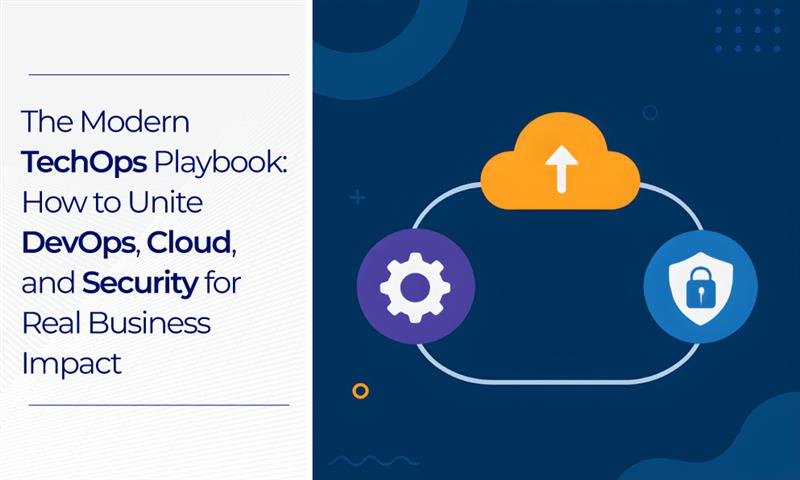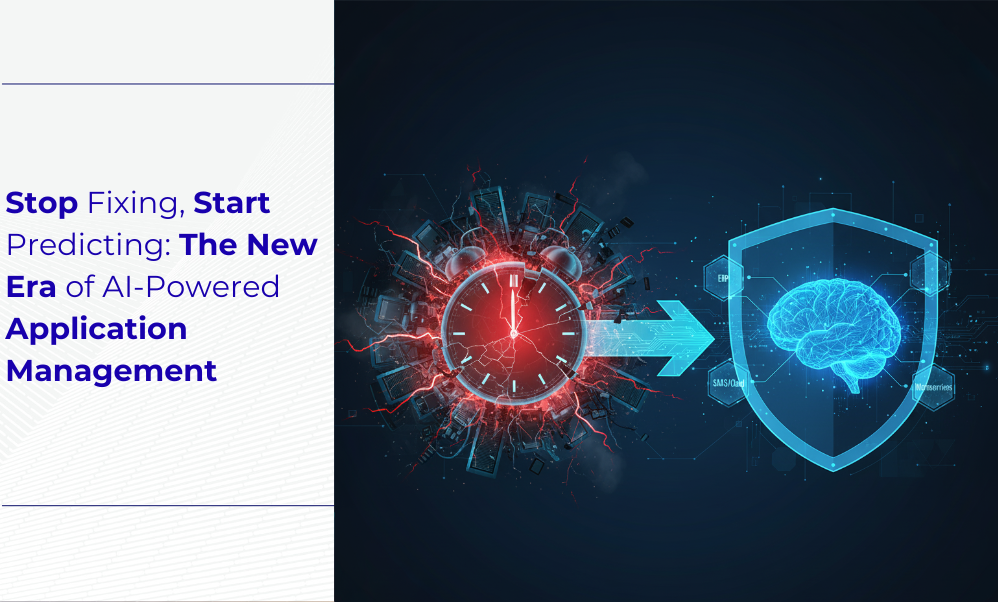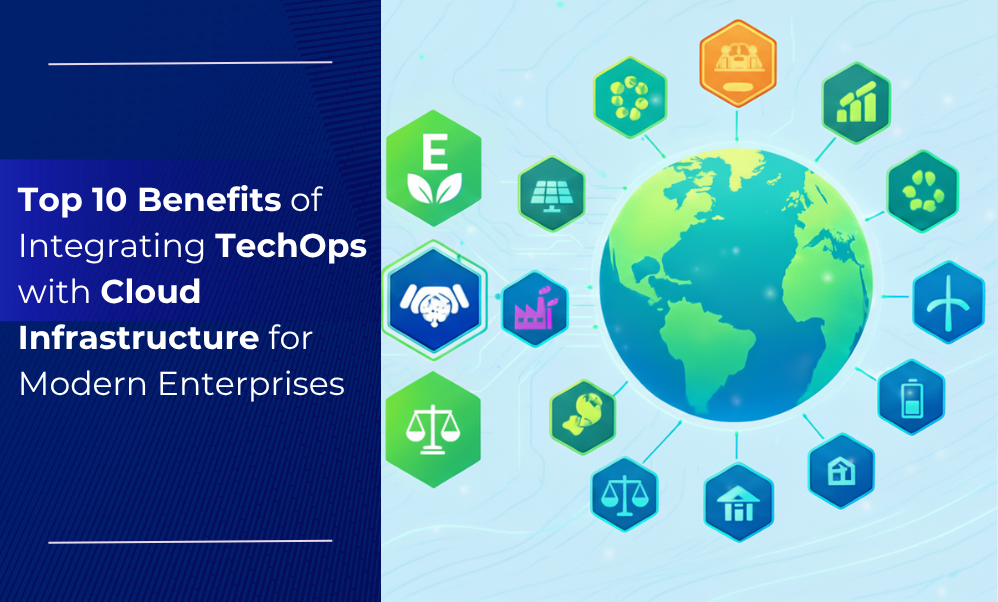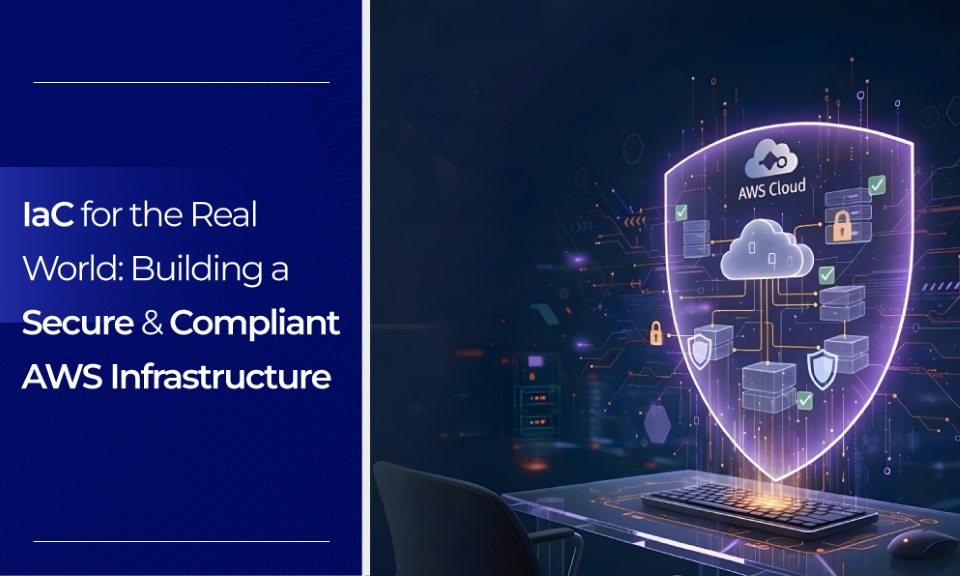Introduction
In enterprise software development, security is often a bottleneck, not an enabler. Traditional models treat it as a final gate, leading to a costly, high-friction cycle: developers build, QA tests, and a separate security team finds critical vulnerabilities just before release.
This old "bug-finding" model is broken. It’s reactive, expensive, and delays time-to-market.
The solution is a paradigm shift to "bug prevention." This is the core of a true DevSecOps pipeline. It’s not a buzzword; it's a cultural and technical shift that integrates software security automation into your secure CI/CD lifecycle. This is where BJIT's expertise, built on delivering over 45 successful DevSecOps projects, provides a clear path forward.
What is DevSecOps? A Shift-Left Approach
Let's establish a clear definition for this critical concept.
DevSecOps (Development, Security, and Operations) is a methodology that integrates security as a shared responsibility throughout the entire IT lifecycle. It automates security controls at every stage of the software delivery process, from initial design to production monitoring, enabling the delivery of secure software at scale.
This is the "security shift-left" principle in action. Instead of a separate security team acting as a gatekeeper, security is integrated and automated from the very beginning, making everyone in the continuous integration and continuous delivery process responsible.
The Business Case for a Preventive DevSecOps Pipeline
From a leadership perspective, the benefits of a preventive pipeline are not just technical; they are financial. A NIST report found that fixing a bug in production is up to 30 times more expensive than fixing it during the design phase.
A mature DevSecOps pipeline directly impacts the bottom line by:
- Accelerating Time-to-Market: Automating security checks within the secure CI/CD process eliminates manual bottlenecks.
- Reducing Remediation Costs: Proactive bug prevention is exponentially cheaper than reactive patching.
- Improving Security Posture: Systematically reducing the attack surface minimizes the risk of data breaches and non-compliance.
5 Pillars of a Mature DevSecOps Pipeline
Building a true DevSecOps pipeline isn't just about buying new tools; it's about integrating software security automation at every stage.
Pillar 1: Plan & Design – Secure by Default
Prevention starts before a single line of code is written.
Threat Modeling
Instead of just planning features, plan for how they could be attacked. Ask "What could go wrong?" early and design defenses from the start.
Secure Foundations & IaC
Define your infrastructure securely from day one using Infrastructure as Code (IaC) principles and use only pre-approved, scanned base images for containers.
Pillar 2: Code – Empowering Developers
Developers are your first and most effective line of defense. The goal is to give them the tools to write secure code from the moment they open their IDE.
IDE Security Scanners
Plugins that scan for vulnerabilities (like hard-coded secrets or common flaws) in real-time provide instant feedback, educating developers as they work.
Pre-Commit Hooks & Secret Management
Automated checks before code is committed are a cornerstone of vulnerability management. These hooks can scan for hard-coded secrets (API keys, passwords) and common flaws.
Pillar 3: Build – The Automated Security Hub
Your Continuous Integration (CI) server (like Jenkins, GitLab CI, or Azure DevOps) is the engine of your DevSecOps pipeline. When code is merged, the pipeline should automatically trigger:
Static Application Security Testing (SAST)
SAST tools like SonarQube scan the raw source code to find potential vulnerabilities, bad practices, and "code smells" that could lead to security issues.
Software Composition Analysis (SCA)
These tools scan your open-source libraries and dependencies for known vulnerabilities, a critical step in securing your software supply chain.
Container Image Scanning
Tools like Trivy scan your container images for known vulnerabilities in the OS or other packages, ensuring you don't build on a flawed foundation.
This integration creates a security-first feedback loop:
Pillar 4: Test – Active & Automated Validation
The QA and testing phase is no longer just about "Does it work?" It's also "Is it secure?"
Dynamic Application Security Testing (DAST)
While the application is running, DAST tools like OWASP ZAP actively try to attack it, mimicking real-world techniques to find vulnerabilities like injection flaws or broken access control.
API Security Testing
Standard DAST often misses API vulnerabilities. Specialized automated testing tools are crucial for testing API endpoints for issues like broken object-level authorization (BOLA) and injection flaws.
Vulnerability Assessment (VAPT)
While often done manually for deep dives, automated vulnerability assessment tools can be run against staging environments to probe for weaknesses in the deployed infrastructure.
Pillar 5: Release & Monitor – Continuous Security
Security doesn't stop at deployment. Continuous delivery requires continuous monitoring and proactive defense.
Infrastructure as Code (IaC) Validation
Use tools like Terraform and Ansible to define your cloud infrastructure. More importantly, scan these configurations for security misconfigurations before they are applied.
Continuous Monitoring & Threat Detection
A modern Security Operation Center (SOC) provides proactive prevention. SIEM solutions collect and analyze logs from all systems to detect suspicious patterns.
Compliance as Code
Automated dashboards can track your compliance with standards like PCI-DSS, HIPAA, or ISO 27001, turning a painful audit into a simple, continuous report.
Overcoming Common DevSecOps Challenges
Adopting a mature DevSecOps pipeline is a significant transformation that often encounters predictable hurdles. Recognizing them is the first step to solving them.
Challenge 1: Cultural Resistance
The most significant barrier isn't technology; it's culture. Developers may feel slowed down by new security steps, while security teams may be reluctant to give up control.
Solution: Foster a shared-responsibility model. This requires top-down executive support to establish security as a key component of quality. BJIT helps accelerate this cultural shift by providing expert consultation and workshops to align teams. We can also embed "Security Champions" from our seasoned teams to advocate for DevSecOps best practices within your squads.
Challenge 2: Toolchain Complexity
A common mistake is "tool-chaining" stitching together dozens of disparate security tools without a clear strategy. This creates a complex, brittle pipeline that is difficult to manage and scale.
Solution: Standardize and integrate. The goal is a single, manageable secure CI/CD pipeline. BJIT's experience from 45+ projects involves designing pre-vetted, integrated toolchains (using tools like Jenkins, GitLab, SonarQube, and Trivy) that are optimized for performance, ensuring your pipeline is powerful without being complex.
Challenge 3: The Security Skills Gap
Your developers are experts at building features, not necessarily at threat modeling or interpreting DAST reports. Expecting them to become security experts overnight is unrealistic.
Solution: Focus on empowerment, not enforcement. BJIT bridges this gap immediately by augmenting your staff with our own DevSecOps engineers. We manage the pipeline and provide clear, actionable remediation advice, simultaneously upskilling your team through hands-on collaboration and training.
Measuring Success: KPIs for Your DevSecOps Pipeline
How do you know your DevSecOps pipeline is working? You must measure it. A data-driven approach proves ROI and guides continuous improvement.
Security & Remediation Metrics
These KPIs measure your pipeline's effectiveness at bug prevention and vulnerability management.
- Mean Time to Remediation (MTTR): How long does it take your team to fix a vulnerability once it's found? A low MTTR is a sign of a highly efficient, automated pipeline.
- Vulnerability Re-open Rate: What percentage of "fixed" vulnerabilities reappear in later builds? A high rate indicates a problem with the fix or the validation process.
- Open Vulnerabilities per Stage: Track how many critical/high vulnerabilities exist in development, testing, and production. The goal is to see this number drop to near-zero in production.
Speed & Efficiency Metrics
These KPIs measure how security impacts your delivery velocity. The goal is to prove that security accelerates delivery, not a blocker.
- Deployment Frequency: How often do you successfully release to production? A mature DevSecOps pipeline supports high-frequency, low-risk deployments.
- Change Failure Rate: What percentage of your deployments cause an incident in production? A low failure rate, even with high frequency, proves your automated security and quality gates are working.
Key Tools for Your DevSecOps Pipeline
Here is a summary of automated testing tools and security controls mapped to the pipeline stages, reflecting the stack BJIT leverages for its clients.
Stop Finding, Start Preventing: Partner with BJIT
Moving to a DevSecOps culture is a journey. It requires more than just tools; it demands expertise in software security automation and a deep understanding of DevSecOps best practices.
By building security into your culture and automating it in your pipeline, you can stop the endless, costly cycle of finding bugs and start preventing them. This shift is how you deliver faster, safer, and more reliable software to your users.
Take the Next Step
Don't let security be a bottleneck. Let it be your competitive advantage. BJIT has successfully delivered over 45+ DevOps & Cloud projects, implementing robust, secure CI/CD pipelines for global clients.
Contact our DevSecOps experts today for pipeline security assessment and start your journey to proactive bug prevention.
References
Gartner. (2021). Hype Cycle for Agile and DevOps, 2021. Gartner, Inc.
IBM. (2023). What is DevSecOps? IBM. Retrieved from https://www.ibm.com/topics/devsecops
National Institute of Standards and Technology (NIST). (2016). Economic Analysis of Software Security. (NISTIR 8114). U.S. Department of Commerce.
OWASP. (2021). OWASP Top 10:2021. Open Web Application Security Project. Retrieved from https://owasp.org/www-project-top-ten/
Sonatype. (2022). State of the Software Supply Chain Report. Sonatype.









